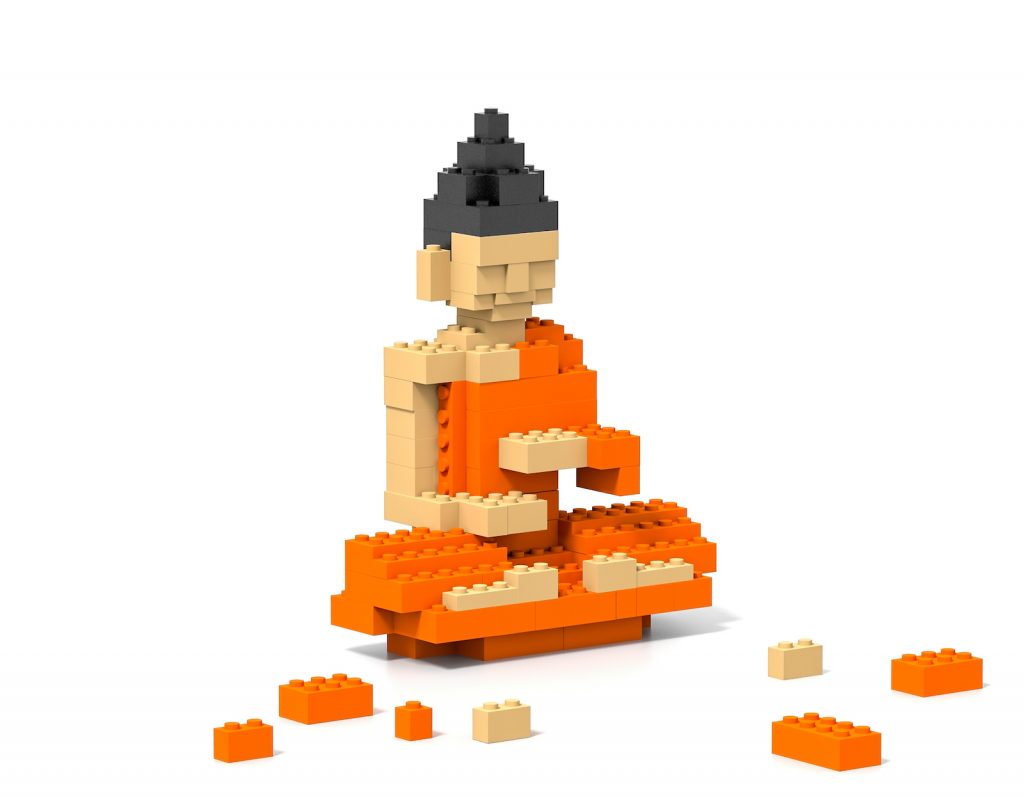When I first came to Sojoki Temple in San Francisco, I was surprised by the formality of the practice. I had never encountered anything like it before. As a matter of fact, I always tried to avoid any kind of formality, so I can understand why many newcomers are put off by it. But intuitively I knew that I had to do this, and when I experienced my teacher Suzuki Roshi’s composure, his magnanimous mind and totally informal presence, I began to appreciate the limitations that the structure provided. I came to understand that we are always practicing under various restrictions and limitations.
There are rules for everything. The laws of gravity are determining every move we make. I once saw a photo of a light plane stuck nose first into a tree. The caption said “The laws of gravity are strict and unerring, and must be precisely obeyed.” Gravity is pulling us down, and our life force is welling us upward. The interaction and balance of these two forces control our physical body, as well as the way we think and feel. We are all living under the influence of this fundamental restriction as well. When we examine our life, we can see that we have other restrictions and boundaries—inner restrictions, outer restrictions, mental, social, emotional, imaginary restrictions, restrictions of circumstance, time, truth and falsehood, conditioning, fear, and self-deception, to mention a few.
So the question is, how do we find our freedom within the restrictive parameters of our life? Caught by partiality, ignorance, circumstances, emotional exaggerations, and cerebral dead ends, our freedom is compromised and our suffering increases. Top athletes need strict rules and discipline to accomplish their goals, as do scientists and artists. A painter has to be able to find complete expression within the parameters of a canvas. A musician must find complete expression using a limited number of notes. People get up in the morning and go to work on time.
Zen students also have patterns that enable their practice. These patterns, which some see as formalities, allow access to a gate of a fence around an empty field. When the gate is open to the empty field, we can leave the false barriers aside—the conditioning, the fear, the self-deception—and return to the field of our original unbound nature, beyond form and emptiness. Within the so-called formality, we can find our perfect informal freedom. As our practice matures, we are able to find that freedom in every circumstance and make it available to others as well.
⧫
From Seeing One Thing Through by Sojun Mel Weitsman, reprinted with permission from Counterpoint Press.
Thank you for subscribing to Tricycle! As a nonprofit, we depend on readers like you to keep Buddhist teachings and practices widely available.
